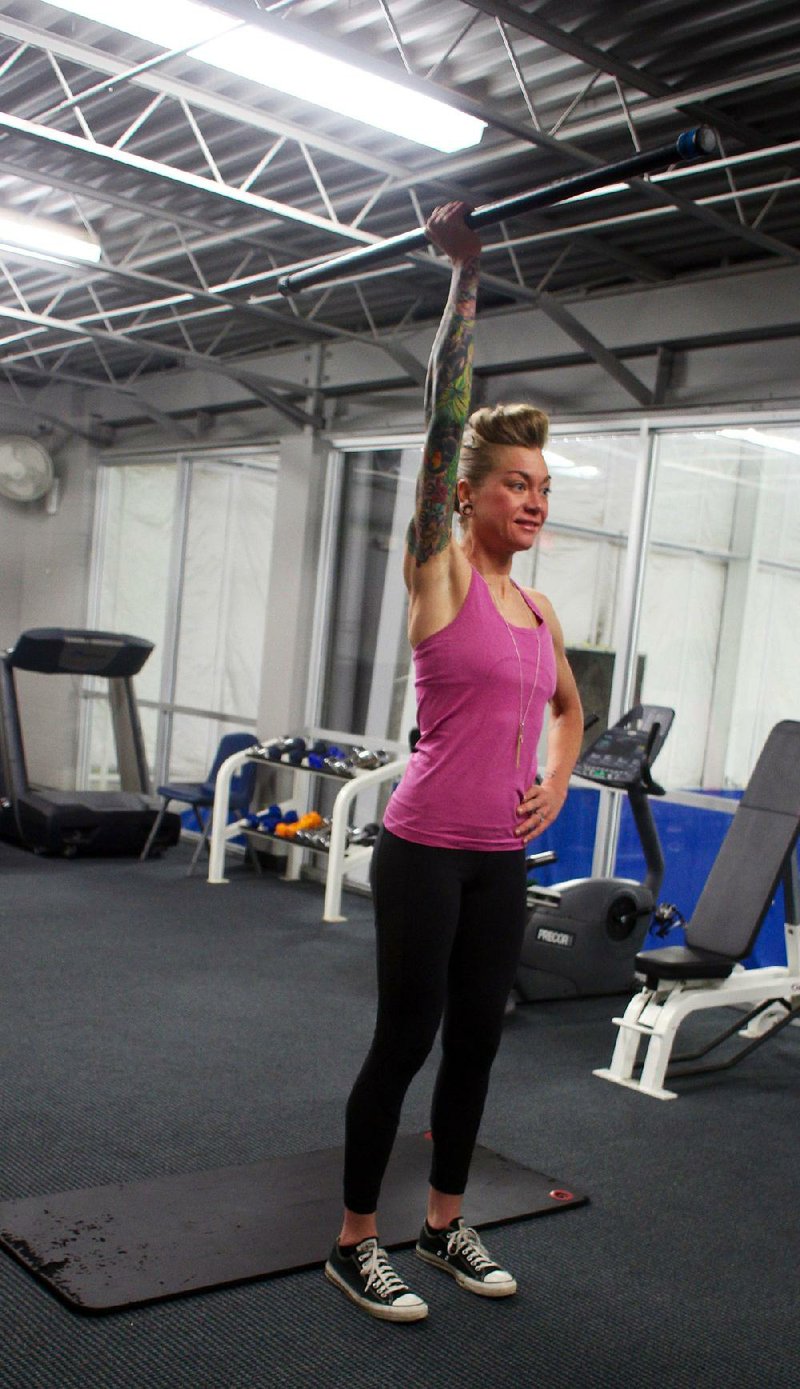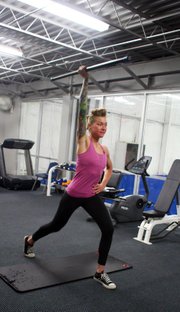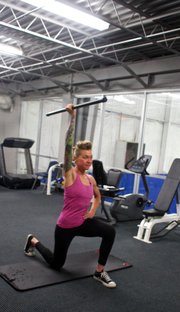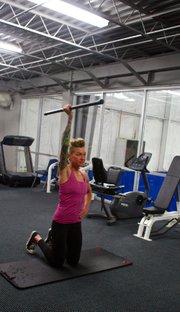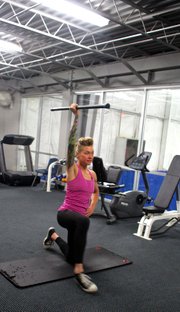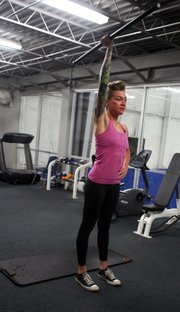People get in trouble with strength training when they aren't really sure whether they want to use strict form or create instability.
Early on in my career, I tried to make every exercise as efficient as possible. I'd make sure that my balance was perfect, my form was perfect, and that I stayed within the parameters of the "by the book" version of the exercise. As a result, I almost never incurred a training-related injury. (Really.)
I felt that my training was appropriate for my goals at the time, and it probably was.
As I've gotten older, I've recognized that inefficiency is not necessarily a bad thing.
Creating conditions that make an exercise less "by the book" can provide a benefit, as more of the body's stabilizing muscles engage. That's such a good thing that fitness centers now provide all sorts of ancillary equipment designed simply to create unstable conditions during strength training.
I mention this because it's important to recognize that two sides of the same issue can sometimes be correct, depending on the perspective of the individual. It's good to avoid injury, but it's also good to cope with conditions that sometimes cause it. The key is to be intentional with your strategy.
If your goal is to create unstable conditions to elicit a particular muscular response, then do that. If your goal is to very strictly isolate a given muscle group and limit any opportunity for injury, then be sure that's your approach from the beginning. People get in trouble when they aren't really sure whether they want to use strict form or create instability, and that's when the full benefits aren't realized.
The more thoughtful you are in selecting the strength exercises you do, the more you'll experience how resistance training is dramatically affected by the position of the resistance in relation to the body's center of gravity.
Every strength-training exercise you do is an opportunity to learn about the relationship between the resistance, the axis of motion in the exercise and the force applied by one's muscles. There are whole textbooks about this relationship, so don't feel like a failure if you don't understand everything all at once. Ask a well-educated trainer for help.
This week's exercise is a great way to infuse some instability into a traditional knee-up movement. The Barbell Knee Ups leverage a weighted bar to introduce an element of difficulty that's hard to mimic any other way.
1. Select a padded barbell (often used in group exercise classes) and grasp it with your right hand. Stand holding it on the right side of your body with your right arm extended toward the floor.
2. Extend your right arm overhead while holding the barbell. Hold the barbell in this position throughout the entire set.
3. Step back and kneel down with your right knee.
4. Tuck your left leg so you're kneeling on your left knee, too.
5. Step forward with your right foot and stand up, replacing your left foot so that you're back into the starting position. Repeat for 10 repetitions.
6. Rest for a couple of minutes, then switch sides and do another set of 10.
Those with chronic knee problems will want to skip this one, as the kneeling step-ups will introduce some pressure. For everyone else, this exercise is a great way to toss in a little variation to challenge balance while strengthening the lower body. Enjoy!
Matt Parrott has a doctorate in education (sport studies) and a master's in kinesiology and is certified by the American College of Sports Medicine.
vballtop@aol.com
ActiveStyle on 04/09/2018
